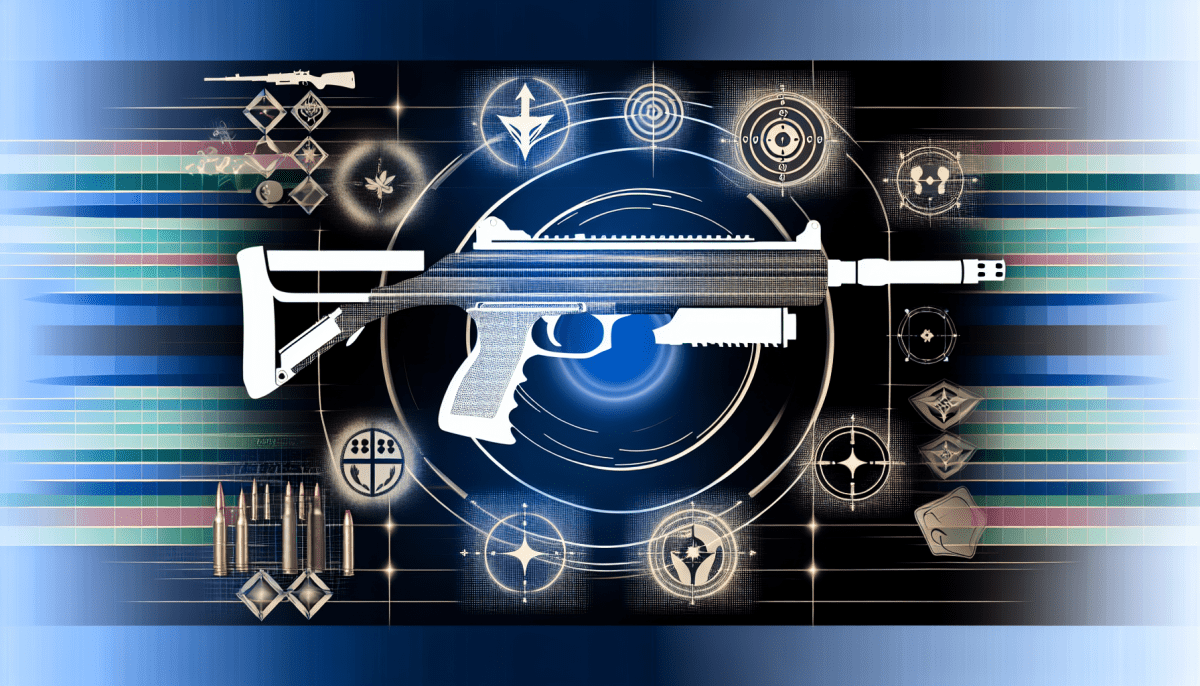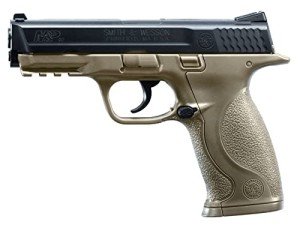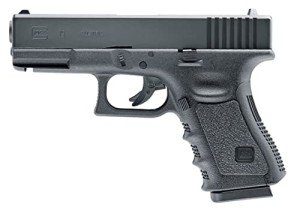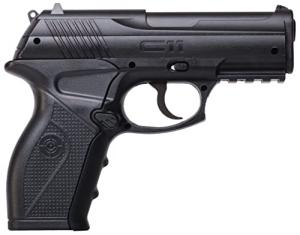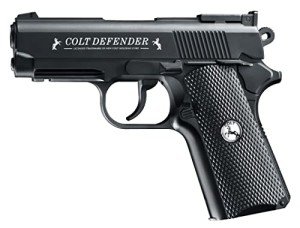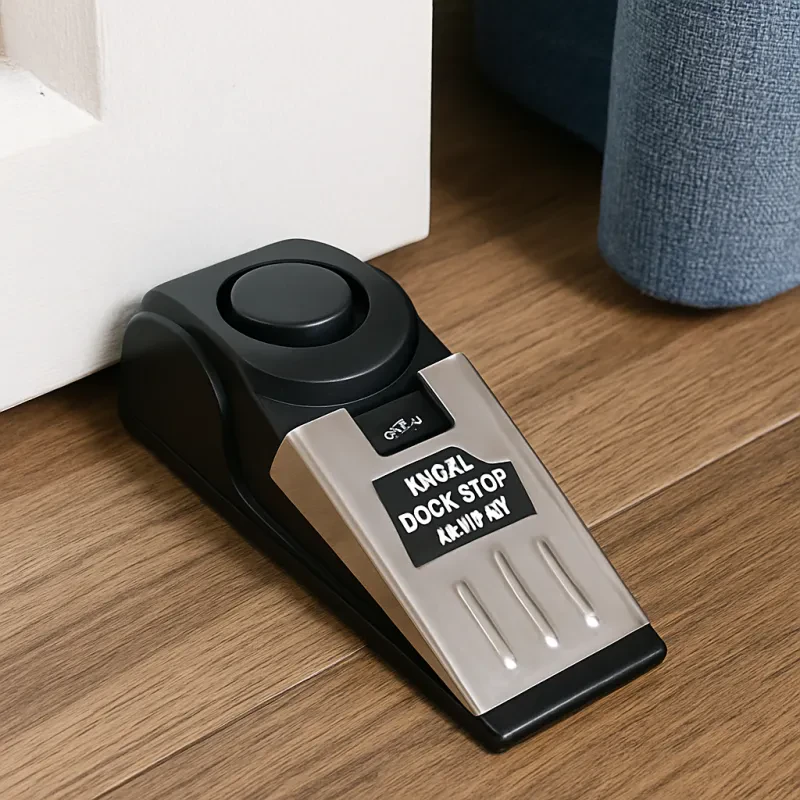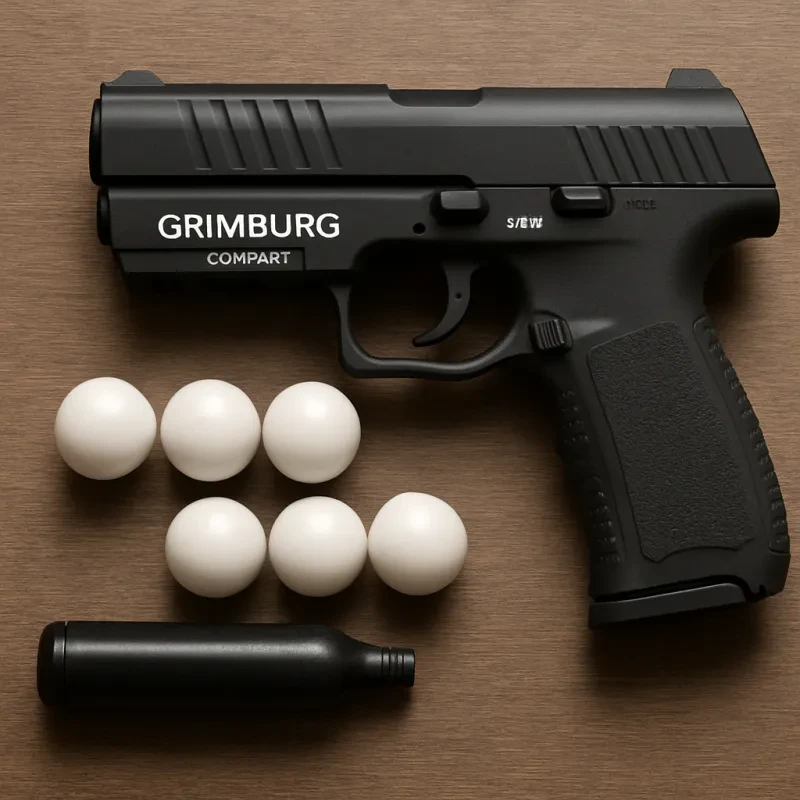Air guns, often associated with recreational shooting or pest control, are sometimes considered as potential tools for self-defense. While they differ significantly from traditional firearms in power and purpose, air guns still have unique advantages and limitations. This article explores their use for self-defense, the best air pistols for this purpose, the potential damage they can inflict, and the most effective calibers.
Can an Air Gun Be Used for Self-Defense?
Air guns can be used for self-defense, but their effectiveness is limited compared to conventional firearms. Here’s why:
-
Power and Stopping Capability
While some high-powered air pistols can inflict significant damage, most models lack the immediate stopping power required to neutralize a threat effectively. The primary purpose of self-defense is to incapacitate an attacker swiftly, and air guns often fall short in this regard due to their lower muzzle velocity and energy. -
Deterrence Factor
Some air pistols resemble traditional firearms closely, which can serve as a visual deterrent. An attacker might hesitate upon seeing a weapon-like object, even if it’s not a firearm. However, relying on appearance alone is risky, as an assailant may still press forward. -
Legal Considerations
The use of air guns for self-defense is subject to legal scrutiny. In some jurisdictions, deploying any weapon—even a non-lethal one—can have legal consequences if deemed unnecessary or excessive. Owners should understand their local self-defense laws before considering an air gun for this purpose.
In summary, while an air gun can be a last-resort tool for self-defense, it should not be the primary choice. Its value lies more in its psychological impact than in its physical incapacitation ability.
Which Air Pistol Is Best for Self-Defense?
If you’re considering an air pistol for self-defense, it’s crucial to choose a model that offers the highest possible power, reliability, and ease of use. Here are some recommendations:
-
Umarex HDR 50 (Home Defense Revolver)
Designed specifically for self-defense, this CO2-powered revolver shoots .50 caliber projectiles. It delivers a high level of impact energy and allows for the use of various ammunition types, including rubber balls and pepper rounds, making it versatile for defensive scenarios. -
Benjamin Marauder Pistol
Although primarily a hunting air pistol, the Marauder’s power and accuracy make it a viable option for defense. Its .22 caliber pellets can deliver significant energy, especially at close range. -
Gamo P-900 IGT
This break-barrel air pistol is a simple yet powerful option. It offers consistent performance with .177 caliber pellets, which, while smaller, can still cause enough damage to deter an attacker. -
Walther PPQ M2 Pellet Gun
A CO2-powered air pistol designed with ergonomics and reliability in mind, the Walther PPQ M2 is a replica firearm that offers both a realistic feel and decent power for self-defense scenarios.
What Damage Can an Air Gun Do?
The potential damage caused by an air gun depends on several factors, including the model’s power, the type of ammunition used, and the target area:
-
Skin Penetration and Pain
High-velocity air pistols firing metal pellets can penetrate the skin, cause deep bruises, or inflict painful welts. While these injuries are unlikely to be life-threatening, they can deter an attacker. -
Eye and Soft Tissue Injury
Shots targeting sensitive areas like the eyes, throat, or hands can cause severe damage, potentially incapacitating an assailant temporarily. However, precision is critical, as such injuries require direct hits to be effective. -
Bone and Organ Damage
Powerful air pistols, especially those shooting heavy pellets or .50 caliber rounds, can fracture small bones or cause significant trauma to soft tissue. However, their energy is still far below that of traditional firearms, limiting their overall lethality.
Air guns can cause serious harm in the right circumstances, but their damage potential is generally insufficient to guarantee a decisive outcome in a life-threatening situation.
What Is the Best Caliber for an Air Pistol?
The caliber of an air pistol plays a crucial role in its performance, especially for self-defense. The most common calibers are:
-
.177 Caliber
- Pros: High velocity, flat trajectory, and affordability.
- Cons: Limited stopping power due to its smaller size and lighter weight.
- Best For: Target shooting and small pests rather than self-defense.
-
.22 Caliber
- Pros: Greater stopping power and energy transfer compared to .177.
- Cons: Lower velocity and shorter range.
- Best For: A balanced option for pest control, small game hunting, and potential defensive use.
-
.25 Caliber
- Pros: Heavier pellets provide significant impact energy.
- Cons: Reduced accuracy over long distances and higher cost for ammunition.
- Best For: Close-range scenarios requiring maximum impact.
-
.50 Caliber
- Pros: Extremely high impact energy and versatility with non-lethal projectiles like rubber balls.
- Cons: Expensive and limited to specialized air pistols.
- Best For: Dedicated self-defense models like the Umarex HDR 50.
For self-defense, .22 caliber and above are generally recommended. Larger calibers deliver more kinetic energy and are more likely to deter or incapacitate an attacker.
Conclusion
While air guns are not the ideal choice for self-defense, they can play a supplementary role under specific circumstances. Models like the Umarex HDR 50 and Benjamin Marauder Pistol offer enhanced power and versatility, making them the best options for this purpose. However, it’s crucial to understand the limitations of air guns, particularly their reduced stopping power compared to traditional firearms.
Umarex T4E TR50 .50 Cal Home Defense Revolver
Your reliable partner for safety at home and peace of mind on the go
Product information
Product Review Score
4.72 out of 5 stars
225 reviewsProduct links
When considering an air gun for defense, proper training, precision, and an understanding of local laws are essential. Ultimately, while air guns may provide a temporary solution in emergencies, investing in more conventional and effective self-defense tools is advisable for long-term personal safety.
